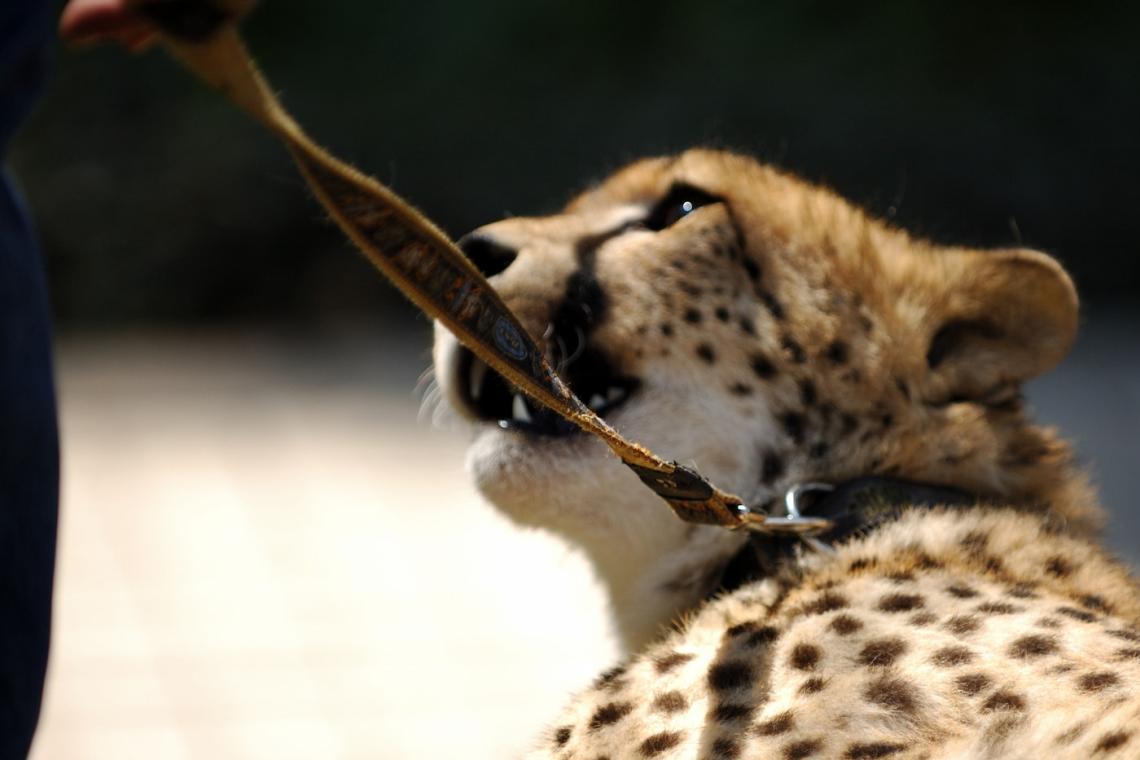#Contributed by Born Free USA
The exotic wildlife trade occurs for many reasons, including making consumer goods, foods, or the pet trade, but not without a price; namely increasing the rate at which species are driven towards extinction. Further, most of these uses are not essential to human survival. A study published in 2023 confirms that only about half of the species which humans target are used for consumption. The other half are mostly used as pets or for clothes, animal feed, poison, and manufacturing chemicals.
Poor legal enforcement, little regulation, and high profits gained from the unsustainable harvest of wildlife enable this trade to be conducted at exponentially high rates at the expense of the animals involved. Troublingly, almost 40 percent of the animal species used by humans have population statuses that are threatened by human exploitation. Although legislative changes remain the most impactful in efforts to reduce the number of species threatened with extinction by human use, changes at the individual level offer promise moving into the future to better preserve these species in the wild.
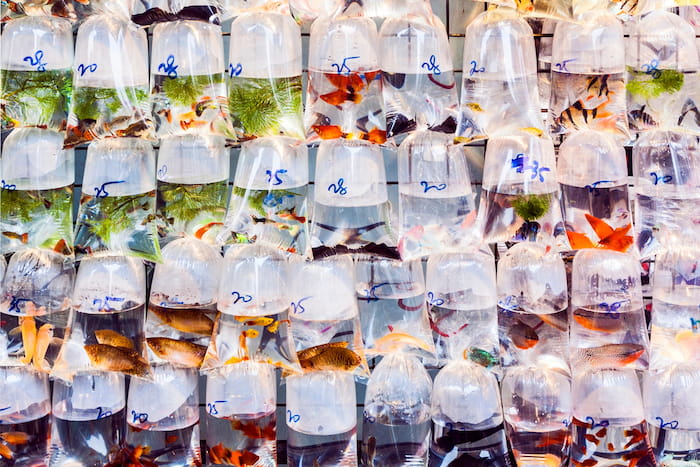
Animals are Not Renewable Resources
In the United States, consumption of the planet’s resources—namely excessive consumption, for purposes not immediately necessary for human survival—has drastically increased since the 1950s, including the use of energy sources , food , and non-durable consumer goods like clothing and personal care products. While living in excess carries undeniable social and environmental consequences, ethics and perceived value of life must also be considered when using (and exploiting) living animals in the same manner, as if they are disposable or a somehow renewable resource.
For example, the exotic wildlife trade epitomizes one of the most wasteful and damaging human-driven practices involving wild animals in the world, likely accounting for millions of undocumented animal deaths each year. While sustainable wildlife trade occurs in many parts of the world and supports local communities’ incomes, unsustainable wildlife trade has been linked to rapid decreases in species occurrence and density, which can ultimately lead to their extinction in the wild and the negative effects from biodiversity loss that follow, including an unstable ecosystem, accelerated extinction of other species, increased zoonotic disease transmission, increased human-wildlife conflict, threatened food security, and more limited access to medical resources.
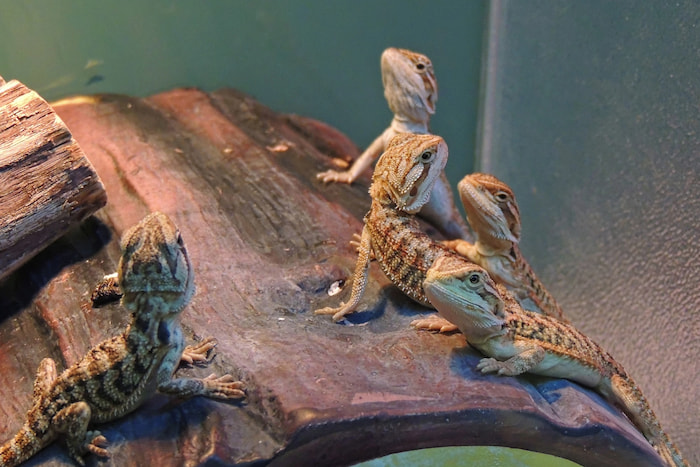
The High Mortality Rate Associated with the Exotic Animal Trade
The exotic wildlife trade occurs for a variety of purposes, including creating ornamental products like jewelry and furs, possessing hunting trophies, making traditional medicine, selling bushmeat, and distributing live animals for the pet trade. Based on conservative estimates, three animals die for every one animal traded in the live pet trade. More specifically, up to 75–90% of wild-caught birds die before the point of sale, and mortality rates from stress, injury, disease, or mistreatment during transport for the private trade of ornamental fish have been documented to exceed 80%.
Despite the high mortality rates of a vast range of animal species, the illegal wildlife trade remains a highly profit-motivated and poorly enforced industry; including the trade of both live animals and their derived products, the legal and illegal trade networks generate tens of billions of dollars annually, with the illegal wildlife trade ranking only fourth behind the revenues generated from the highest-earning illegal trades in the world, including narcotics, human trafficking, and counterfeit products.
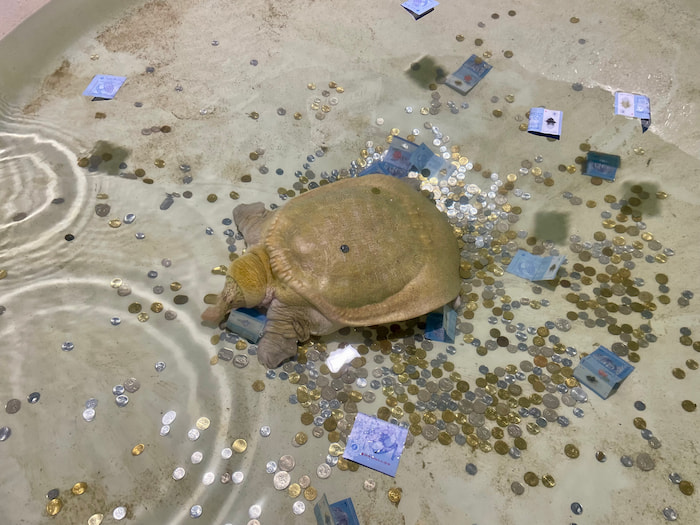
Quantifying the Impact of Human Use on Animal Population Status in the Wild
Expanding on the global and species-wide impacts of the exotic wildlife trade, a recent study, “Humanity’s diverse predatory niche and its ecological consequences” published in the journal Communications Biology in June 2023, analyzes the influence and rate of human consumption on animal species survival. The study reveals that humans capture more terrestrial exotic vertebrate species for medicine, the pet trade, and other uses, than we do for food.
To conduct the study, the team analyzed data from the International Union for Conservation of Nature (IUCN) to categorize how approximately 47,000 vertebrate species are used. The team then quantified how many of these uses were both human-driven and a serious threat to the survival of the species, ultimately determining the degree to which a species was endangered by human use.
When the authors assessed species by habitat, they found that humans have the greatest impact on animals living in the ocean; humans exploit 43% of the marine species examined in the study (mostly fish), with 72% of marine and freshwater fish species being used for food. Taxonomically, birds were the most predated group, with 46 percent of evaluated species used in some way (many captured for the pet trade). For the terrestrial animals, use as pets was almost twice as common (74%) as food use (39%). Sport hunting and other forms of collection (i.e., for trophies) accounted for 8% of the use of exploited terrestrial species.
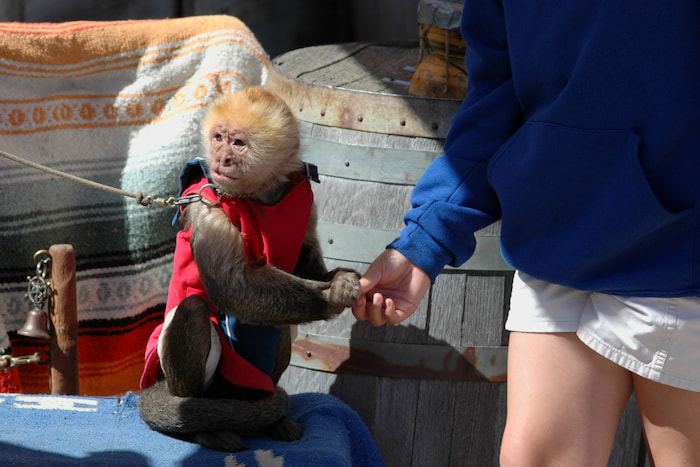
The Majority of Animal Use by Humans is Detrimental to Animals and Unnecessary
Overall, the authors discovered that only about half of the species which humans target are used for consumption. The other half are mostly used as pets or for clothes, animal feed, poison, and manufacturing chemicals. Animals most frequently taken from the wild to support the pet trade included birds, reptiles, and fish. Therefore, and particularly most troubling, these species are rapidly approaching extinction due mostly to unnecessary, unfounded, and profit-driven exploitation by humans.
Altogether, almost 40 percent of the animal species used by humans are threatened by human exploitation. These results are likely severe underestimates of the true extent to which exploitation driven by humans threatens large groups of animals—potentially eventually to the brink of extinction—if we fail to pay closer attention.
Solutions to Save Animals from the Top-Down
One solution that would better regulate the exotic wildlife trade from the top-down would include changing legislation to better regulate exotic animal ownership, consequently decreasing the demand for exotic pets. Experts on the topic have suggested that the U.S. transitions to a federally enforced list of vertebrate species that may be traded as pets, with all other vertebrate species banned from the exotic pet trade unless their potential invasion, disease risks, and danger to humans have been assessed and demonstrated to be low or nonexistent. Of course, Born Free USA argues that all wild animals should be banned from private possession, as their welfare is severely compromised in captivity, and all wild animals pose a threat to human health and safety in environments that permit and encourage close physical contact.
The suggested strategy resembles one already adopted in Europe, known as ‘positive’ or ‘white’ lists, and has been implemented to some extent in several countries including Luxembourg, Cyprus, Malta, Italy, Lithuania, France, Slovenia, Spain, Belgium, the Netherlands, and Greece in attempts to mitigate the harms caused by the exotic pet trade. These lists designate the species which can be kept in private possession legally, and excludes all others, rather than the approach practiced in the U.S., which allows the private ownership of all species unless explicitly banned in select states.
Although the Big Cat Public Safety Act was passed in 2022, which restricts the private ownership of and public interaction with most big cat species within the U.S., internet-based interstate trade in regulated species still occurs, even if these species are protected by federal law. The presence of illegally operating wildlife breeders and distributors online further emphasizes the need for social media platforms to increase efforts to accurately identify and remove harmful content that could contribute to the potentially irreversible wild population depletion of an animal species due largely to illegal trade networks that operate online. Therefore, in efforts to curb this excessive exploitation of animals, social media remains one of the most accessible and impactful avenues to start.
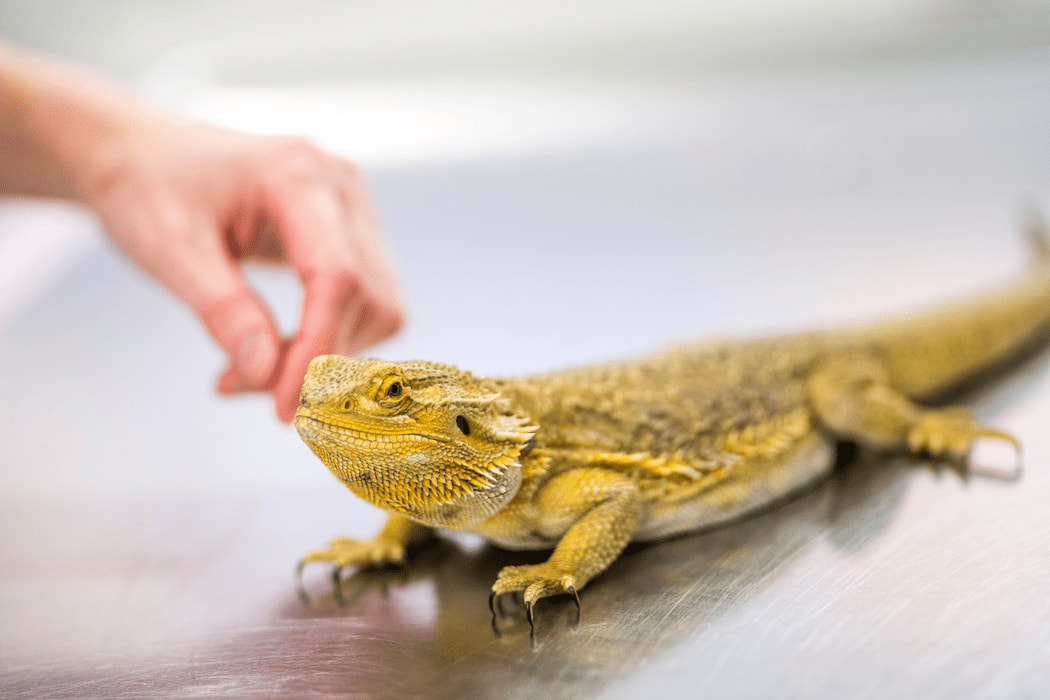
Progress can be Made at the Individual Level, Too
Until changes in legislation are made, on an individual basis, one must ensure that they are not indirectly contributing to unsustainable wildlife trade and the depletion of animals threatened by extinction in the wild. The average consumer can become more aware and informed by paying attention to ingredients in food, especially when traveling; not buying jewelry or other products without verifying that they are made without products from threatened or legally protected species; choosing not to go to or otherwise support facilities not accredited by the Global Federation of Animal Sanctuaries (GFAS), which often claim to be “sanctuaries” despite existing for human entertainment and profit; not supporting pet stores that sell exotic animals; and finally, choosing not to support accounts or posts online that depict exploitative practices with wild animals.
On social media, some red flags that typically indicate harmful and problematic practices with wild animals include: animals having direct physical contact with humans; animals outside of their natural environment; animals that are alone, in an unnatural social grouping, or in contact with an animal of a different species that strikes you as an unusual pairing; an animal depicted with human objects that do not appear to be for the animal’s benefit; or the content features infant animals without their mothers. When users come across this content, we advise that they report any abusive or exploitative content directly to the platform (Born Free USA, 2022).
Although the exploitation of wild animals remains a huge problem on a global scale, increasingly driving fragile species closer to extinction, the average consumer has the power to reverse this trend by decreasing the demand for practices that use animals as ‘commodities.’ Animals do not exist to be possessed; they are not meant to be used as a type of currency, a status symbol, or bargaining chip. When we remove creatures essential to the very functioning of an ecosystem, we not only harm the precious and finite beings whose value we simply cannot fully understand or measure, but also, ultimately, we harm ourselves by perpetuating wasteful behavior that will almost certainly lead to our own demise.

